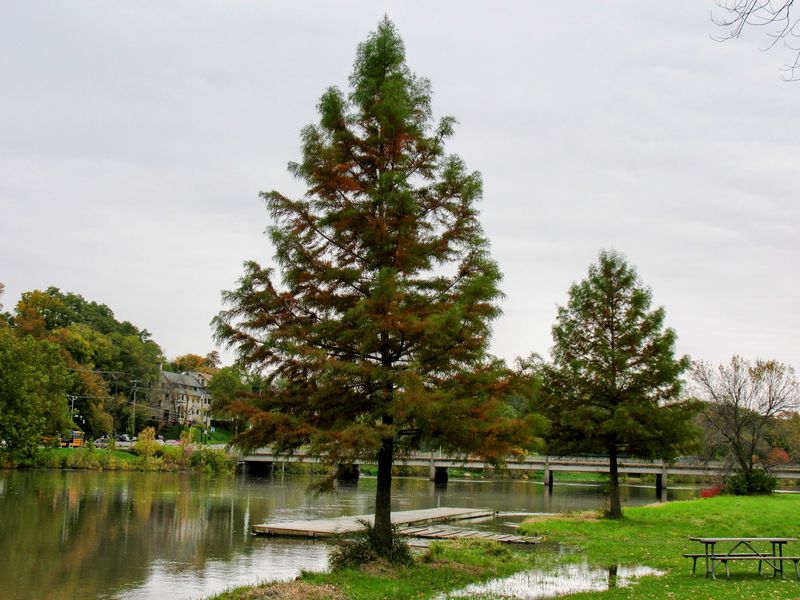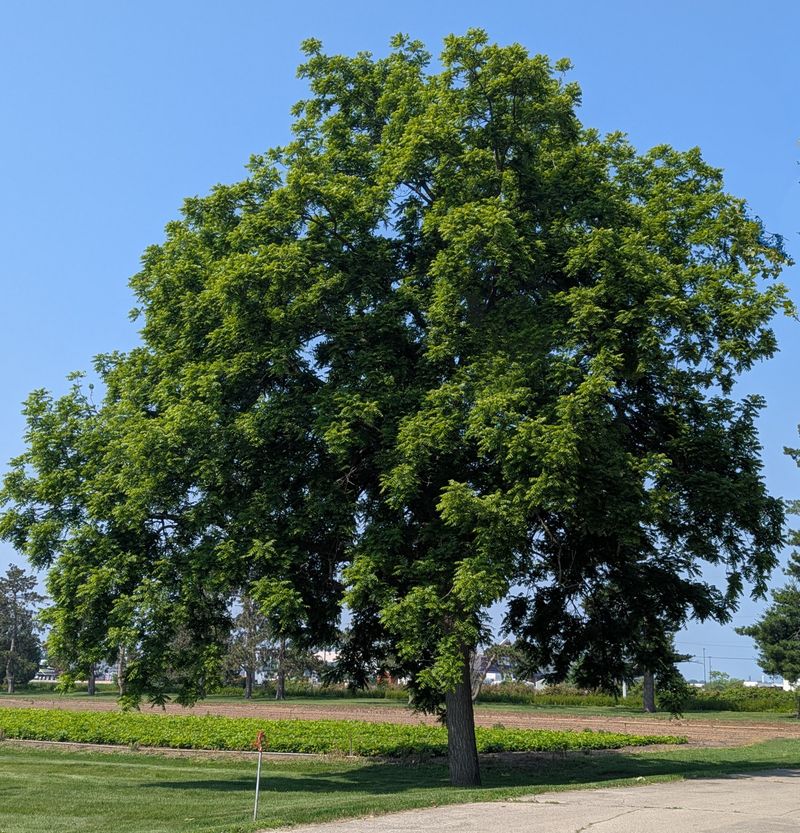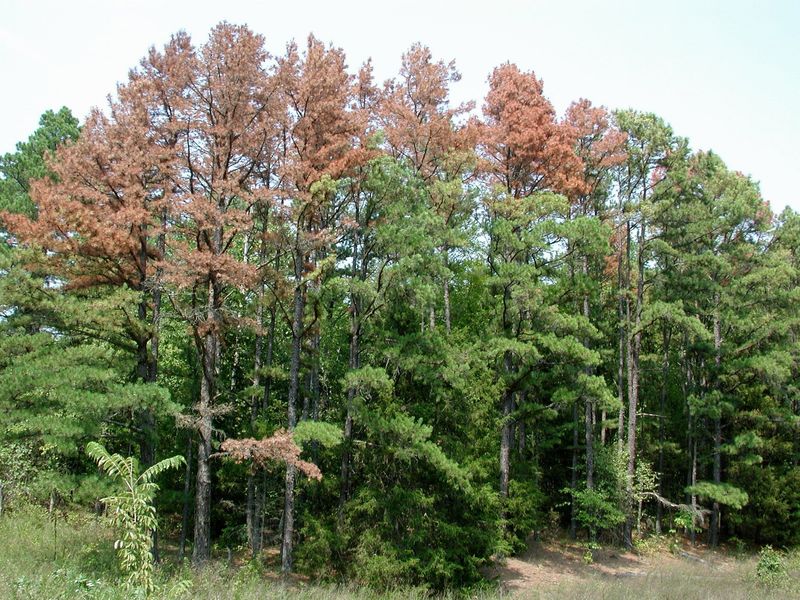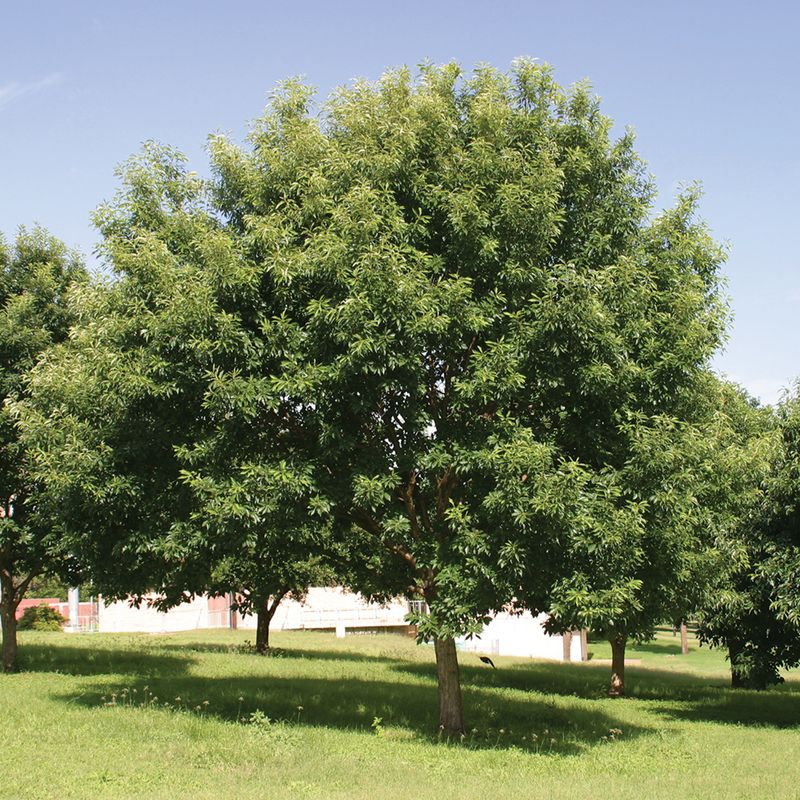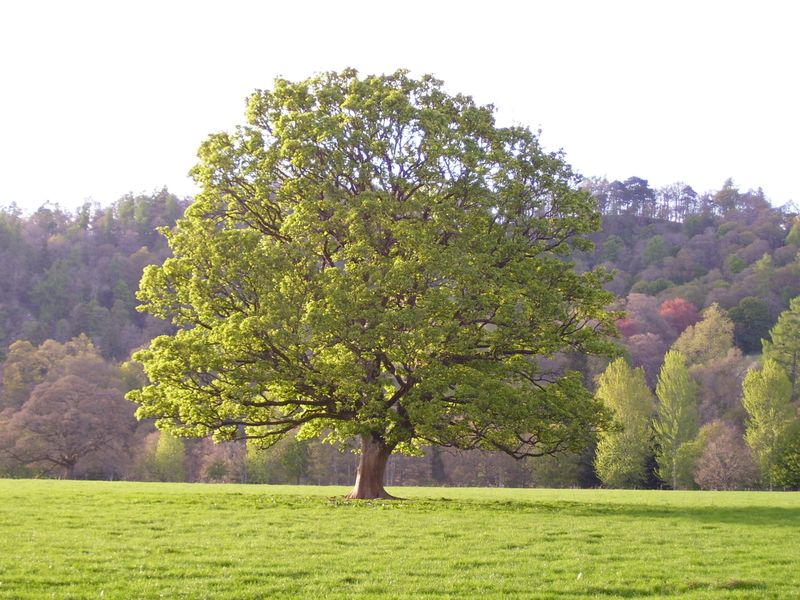Some trees in Missouri look like any other until a chainsaw comes out and the bill arrives. A neighbor once told me how a simple weekend cleanup turned into a letter from the city and a fine he never saw coming.
Many homeowners assume a tree on their property is theirs to handle, but some species fall under strict protection. Cut the wrong one, and you may end up paying far more than the cost of removal. Knowing which trees carry these costly rules can save you from a headache that lingers long after the stump is gone.
1. Flowering Dogwood
Flowering Dogwood holds special status in Missouri as the official state tree, earning it extra protection in many municipalities. Removing one from public property or protected areas without authorization can trigger fines ranging from $500 to several thousand dollars.
These beautiful trees provide crucial food for wildlife and stabilize soil with their root systems. Many counties require permits before removal, even on private land in certain zones.
Check with your local forestry department before cutting any dogwood. Their ecological and cultural importance means authorities take violations seriously, especially during blooming season when damage is most visible.
2. Bald Cypress
These trees thrive in Missouri’s wetlands and swampy areas, where they play a vital role in flood control and habitat creation. Cutting these ancient giants without proper permits violates wetland protection laws and can cost you thousands in fines.
Federal regulations protect wetland areas, meaning unauthorized removal might involve both state and federal penalties. These trees can live for centuries, making each one ecologically irreplaceable.
Their unique root systems prevent erosion and filter water naturally. Always consult the Army Corps of Engineers and state environmental agencies before touching any cypress in a wetland setting.
3. Black Walnut
Missouri treasures, Black Walnut trees are valued for their lumber, nuts, and ecological contributions. Many municipalities have tree preservation ordinances protecting mature specimens, with fines reaching $5,000 or more for unauthorized removal.
Property developers and homeowners must often obtain permits before cutting walnuts over certain diameter sizes. The timber is so valuable that tree theft has become a real problem across the state.
Beyond their commercial worth, black walnuts provide food for squirrels and other wildlife. Before removing one, verify local regulations—some cities require replacement plantings or mitigation fees for every protected tree removed.
4. Shortleaf Pine
Shortleaf Pine once dominated Missouri’s Ozark forests but has declined dramatically due to logging and fire suppression. Restoration efforts now protect remaining stands, and cutting them without authorization brings hefty penalties from state forestry officials.
In designated restoration areas, fines can exceed $1,000 per tree, plus mandatory reforestation costs. These pines prevent soil erosion on steep Ozark slopes and provide nesting sites for endangered birds.
Conservation programs actively monitor shortleaf populations, making illegal cutting easy to detect. Always check if your property lies within a pine restoration zone before any timber removal activities.
5. Chinquapin Oak
This tree grows on Missouri’s limestone bluffs and rocky slopes, where it stabilizes fragile soils and prevents dangerous erosion. Many conservation areas and state parks strictly prohibit removal, with violations resulting in fines up to $2,500.
This oak species produces sweet acorns that wildlife depend on for winter survival. Its deep root system makes it invaluable for slope stabilization in areas prone to landslides.
Cutting one from protected lands or designated conservation easements can trigger criminal charges beyond just financial penalties. Respect posted boundaries and always verify property status before any tree removal work begins.
6. Sycamore
Sycamores line Missouri’s rivers and streams, where their massive root systems prevent bank erosion and filter agricultural runoff. Removing these streamside giants without proper permits violates water quality protection laws and can result in fines exceeding $3,000.
State environmental agencies monitor riparian zones closely because sycamores are critical for maintaining healthy waterways. Their shade keeps water temperatures cool for fish, while fallen leaves feed aquatic ecosystems.
Cutting one might require mitigation including replanting and erosion control measures. Contact the Department of Natural Resources before removing any tree within 100 feet of a waterway to avoid serious legal troubles.



